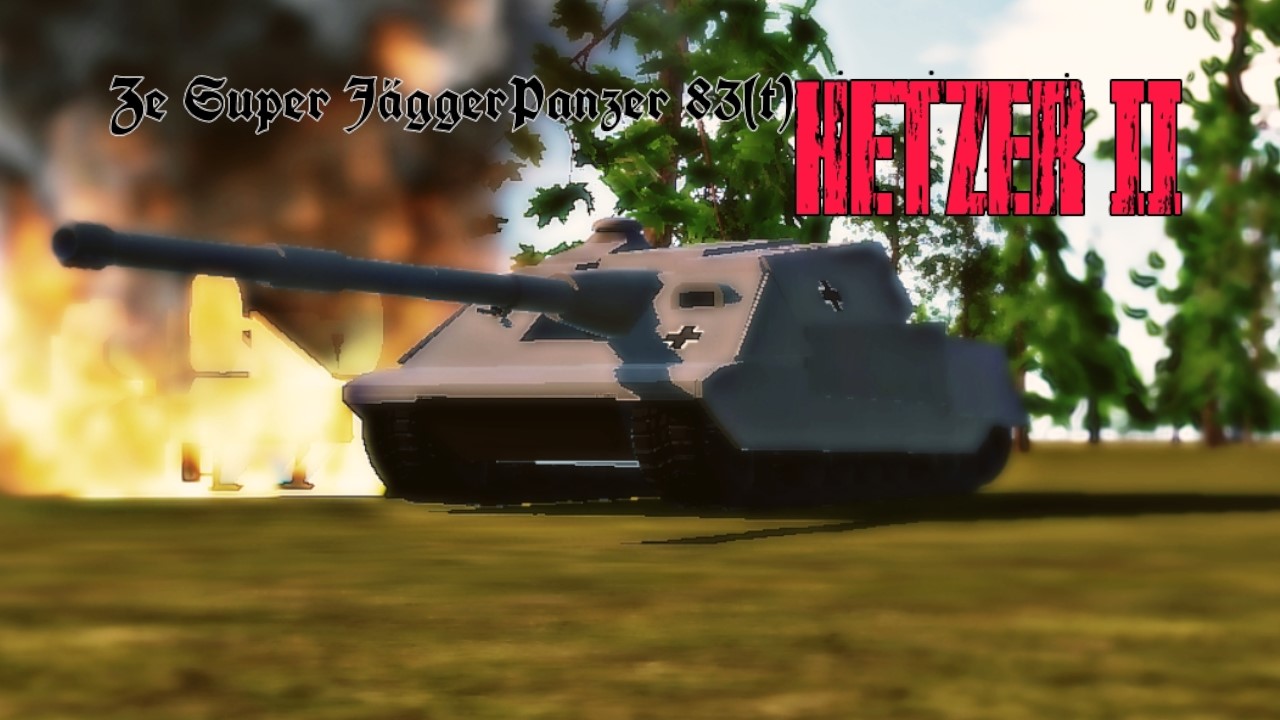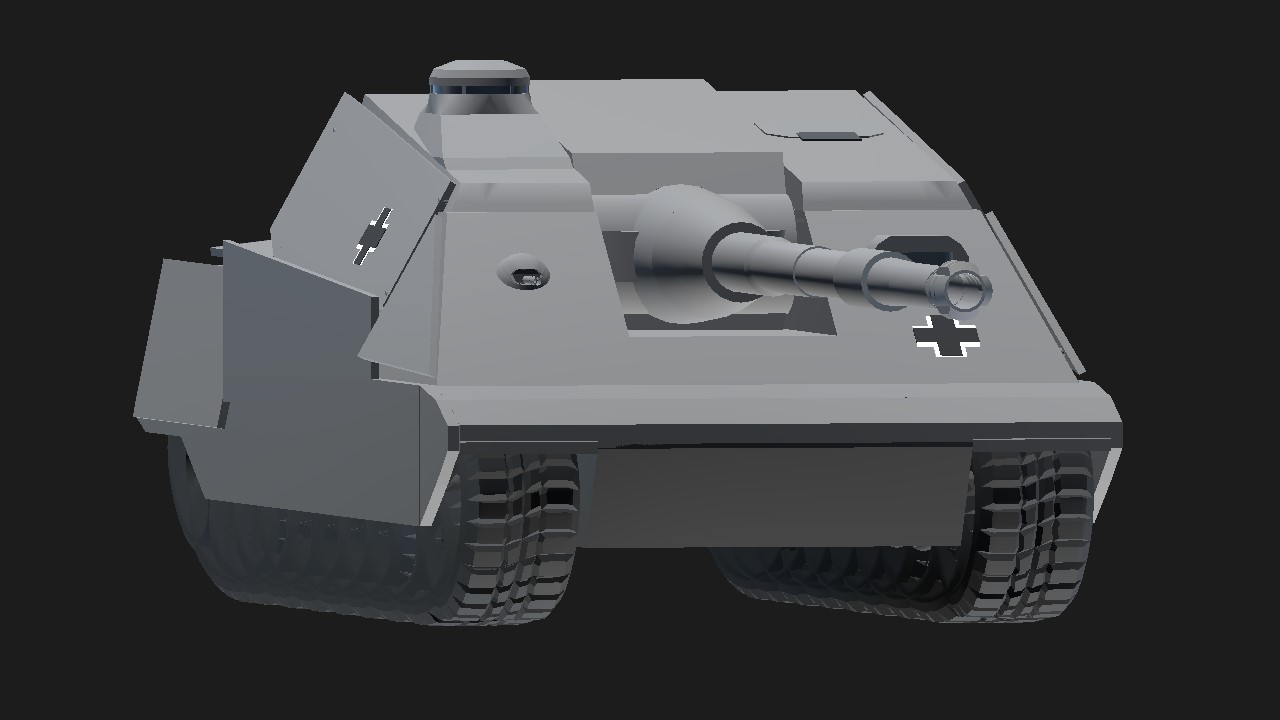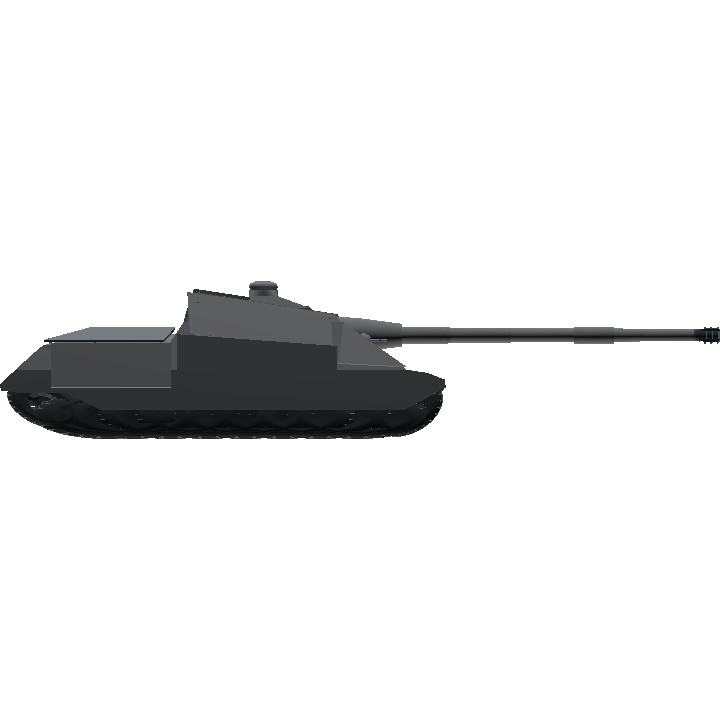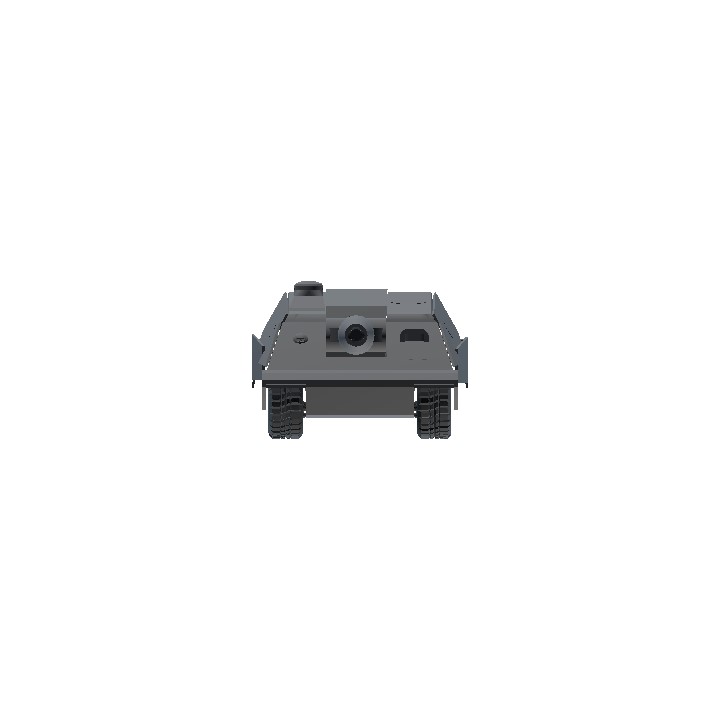THEY ARE THE PANZER ELITE,BORN TO COMPETE,NEVER RETREAT
-Prussian Airlines-
About Hetzer II
Set in an alternate world. The SJPzr 83(t), also known as Hetzer II, or as the Allies called it, "Deutscher Teufel" ("German Devil"), was a heavy-class tank destroyer built and operated by Germany during the Great War that followed World War II, which ended in 1947 with an Axis victory. At that time, Germany and the Soviet Union were in a standoff with the U.S., their main enemy. Then, 25 years after the end of WWII, in 1972, tensions between the Allies and Axis hit a boiling point, sparking World War III on October 17, 1972. The war involved the U.S., Australia, Britain, and its colonies on the Allied side, while Germany, Japan, the Soviet Union, and China were in the Axis block.
This massive conflict caused at least 70 million civilian deaths, 140 million people injured or left homeless, and 100,000 people missing.
The war grew increasingly fierce between the two evenly matched sides. Allied tanks and armored vehicles had developed rapidly, nearly overwhelming German and Soviet defenses. To counter this, Germany initiated Project VK-128.01J to create a tank destroyer that could easily crush Allied tanks, even from a 5km distance.
The SJPzr 83(t) became a terrifying threat to Allied tank divisions; facing it head-on was pretty much a death wish. With excellent situational awareness, deadly shooting accuracy, and a 150mm cannon that even the Patton tank would rather avoid on the battlefield, the Hetzer II devastated Allied forces.
Records show 467 Allied tanks were destroyed by the Hetzer II’s 150mm cannon, which could pierce armor up to 446mm thick. However, 17 Hetzer IIs were lost or abandoned on the battlefield, mainly due to heavy engine and transmission damage from anti-tank grenades and APHE shells that pounded the engine and front hull.
Its weaknesses weren’t fatal, but they could immobilize it long enough for Allied tanks to strike back or retreat. One major issue was its weight — about 128 tons, making it risky to cross smaller bridges or climb hills. As a destroyer with a fixed turret, its gun visibility and maneuverability were limited. The long, heavy 150mm barrel also made aiming movements slow, though highly accurate.
Despite its flaws, this tank proved itself on the battlefield with 35 victories in 54 fierce encounters. In total, 736 units were mass-produced and used by Wehrmacht and SS panzer divisions across multiple fronts.
Armor thickness: 230mm front, 150mm all along the sides, and 160mm rear. The top armor is 102mm. The angled front at around 45° provided an effective penetration resistance of about 325mm. For a 128-ton tank, it had decent speed: 47km/h on paved roads and consistent performance.
Its maneuverability and acceleration were solid, with a cannon penetration of 446mm for the KwK-50 L/90 PzGr-45 shell, projectile speed at 1750m/s, maximum ammo load of 40 shells, and a reload speed as fast as 15 seconds. A periscope on top connected to cameras helped improve cabin visibility, allowing the crew to see outside without the commander having to expose himself through the cupola.
Controls? No AG. Controls are the same as the Panther tank I posted earlier, adjusted for easier use.
Specifications
Spotlights
- Zero0Two2 1.1 years ago
- SILVERPANZER 1.2 years ago
General Characteristics
- Created On Android
- Wingspan 15.6ft (4.8m)
- Length 51.7ft (15.8m)
- Height 11.3ft (3.4m)
- Empty Weight 225,767lbs (102,406kg)
- Loaded Weight 283,574lbs (128,627kg)
Performance
- Wing Loading N/A
- Wing Area 0.0ft2 (0.0m2)
- Drag Points 10740
Parts
- Number of Parts 188
- Control Surfaces 0
- Performance Cost 934






@Zero0Two2 What?
@Cadvalto my tank
@Zero0Two2 Similar to what? Idk
This looks similar..